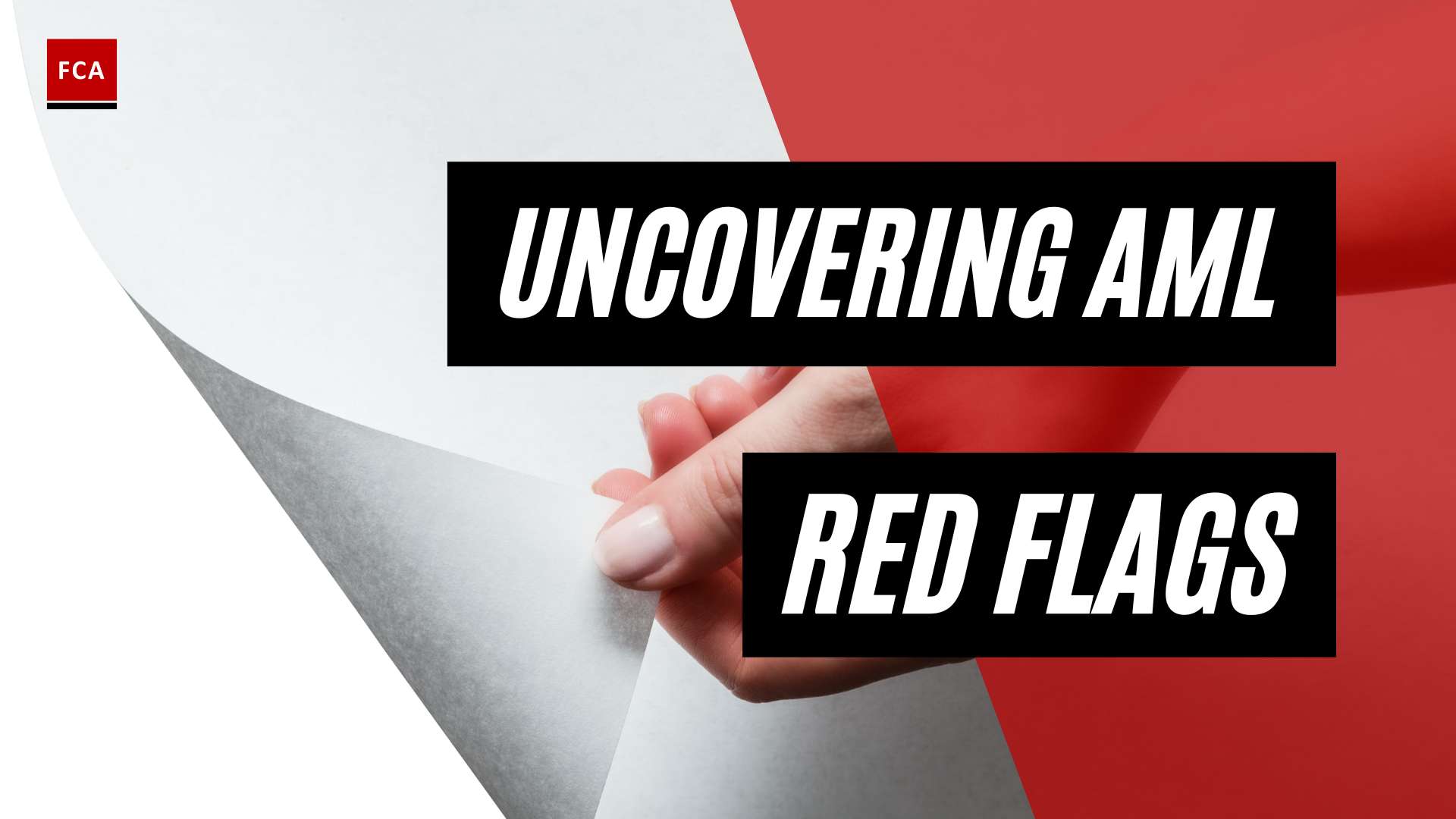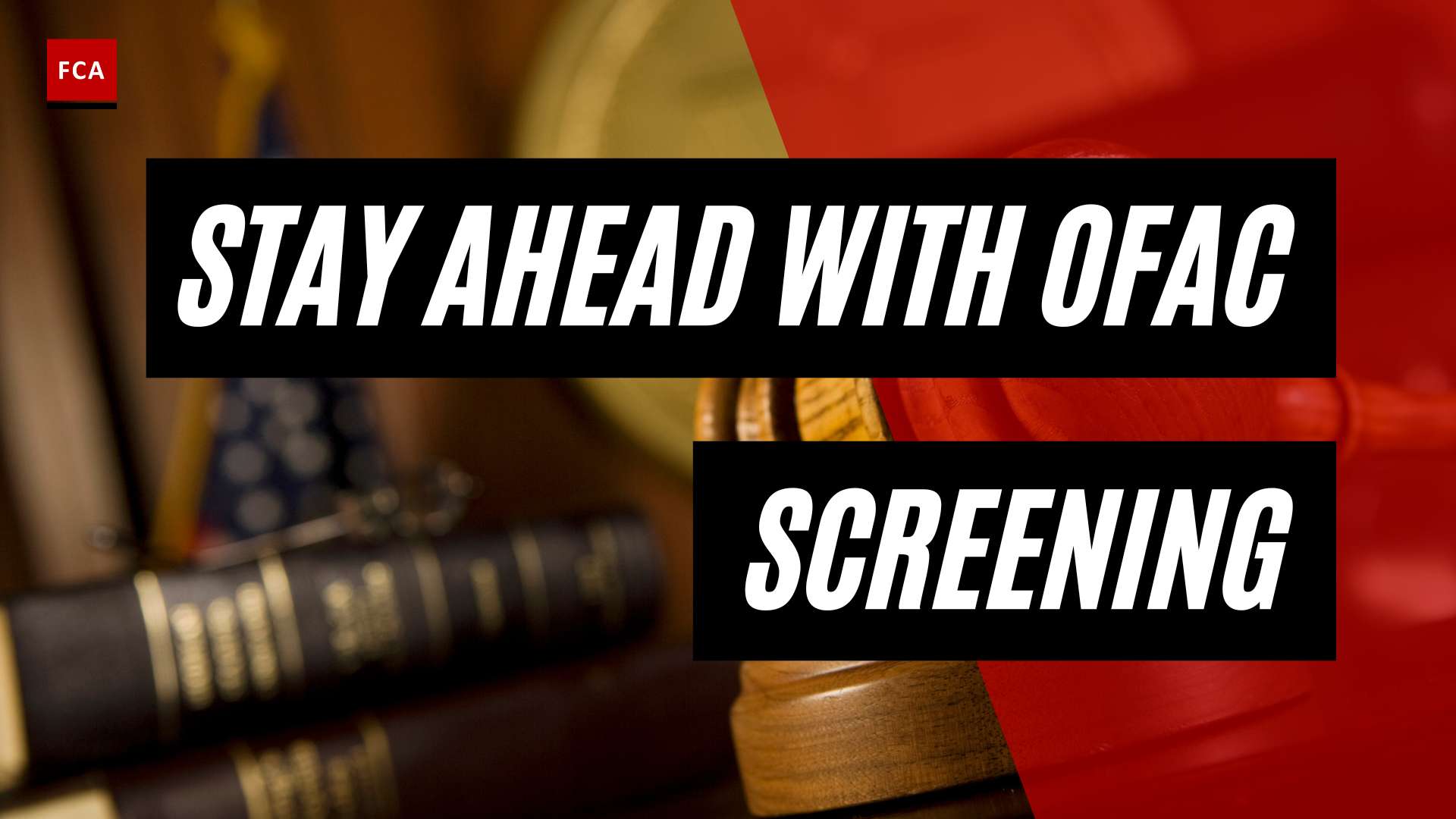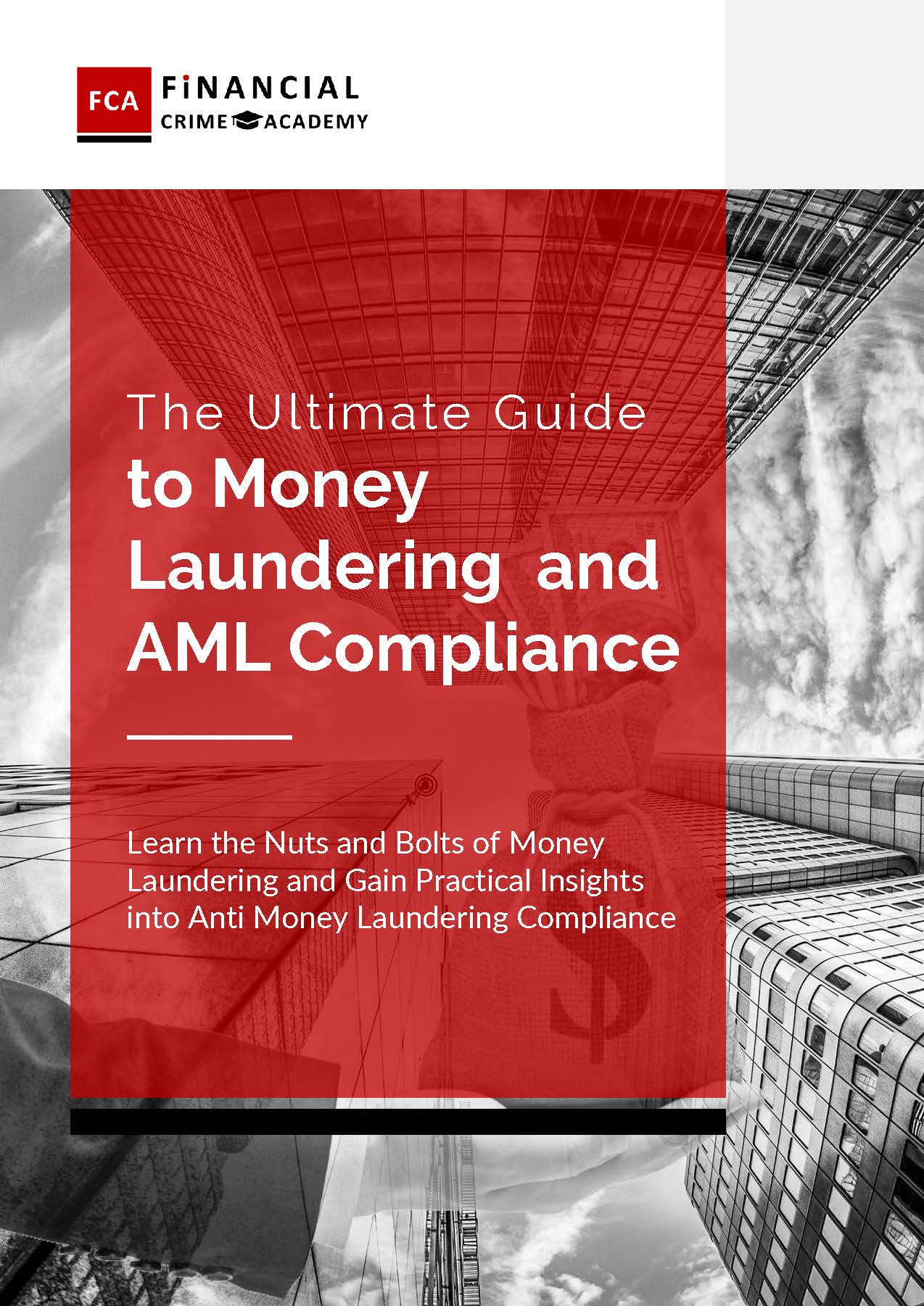Filing Suspicious Activity Reports (SARs) plays a crucial role in enabling financial institutions to assist law enforcement agencies in their efforts to combat money laundering, fraud, and other illicit financial activities. Suspicious Activity Report or SAR is reported by the institutions to the Financial Intelligence Unit (FIU) of the country, in most of the cases.
Suspicious Activity Reports alert law enforcement to potential instances of money laundering or terrorist financing. SARs are made by financial institutions and other professionals such as solicitors, accountants and estate agents and are a vital source of intelligence not only on economic crime but on a wide range of criminal activity. They provide information and intelligence from the private sector that would otherwise not be visible to law enforcement. SARs can also be submitted by private individuals where they have suspicion or knowledge of money laundering or terrorist financing.
To comply with the suspicious activity reporting regulation, a process must be in place to identify the kinds of transactions and accounts that may exhibit indicia of suspicious activity. Otherwise, a bank cannot assure that it is reporting suspicious transactions as required by the Bank Secrecy Act.

Filing Suspicious Activity Reports
The extent to which financial institutions must establish programs to review currency transactions to detect and report “structuring” when the conduct does not require the filing of a currency transaction report.
The extent and parameters under which multiple-day monitoring for the potentially suspicious activity should be positively initiated. Banks are generally required to file a Suspicious Activity Report if a transaction involves or aggregates at least $5,000 in funds or other assets, and the bank knows, suspects, or has reason to suspect that the transaction is designed to evade any requirements of the Bank Secrecy Act, i.e., structuring. In some countries, SAR is required to be reported mere on suspicion, so it depends on country to country. Relevant laws and regulations of the country should be considered and referred.
To comply with the suspicious activity reporting regulation, a bank must have in place systems to identify the kinds of transactions and accounts that may exhibit indicia of suspicious activity. Otherwise, a bank cannot assure that it is reporting suspicious transactions as required by the Bank Secrecy Act.
Structuring is the breaking up of transactions to evade the Bank Secrecy Act reporting and recordkeeping requirements and, if appropriate thresholds are met, should be reported as a suspicious transaction.
Forms of Structuring
Structuring can take two basic forms. First, a customer might deposit currency on multiple days in amounts under $10,000 (e.g., $9,990.00) for the intended purpose of circumventing a financial institution’s obligation to report any cash deposit over $10,000 on a currency transaction report. Although such deposits do not require aggregation for currency transaction reporting, since they occur on different business days, they nonetheless meet the definition of structuring under the Bank Secrecy Act, implementing regulations, and relevant case law.
In another variation on basic structuring, a customer or customers may engage in multiple transactions during one day or over several days or more, in one or more branches of a bank, in a manner intended to circumvent either the currency transaction reporting requirement or some other Bank Secrecy Act requirement, such as the recordkeeping requirements for funds transfers of $3,000 or more.
Structuring may be indicative of underlying illegal activity; further, structuring itself is unlawful under the Bank Secrecy Act. A financial institution’s anti-money laundering program should be designed to detect and report both categories of structuring to guard against the use of the institution for money laundering and ensure the institution is compliant with the suspicious activity reporting requirements of the Bank Secrecy Act.
The extent and specific parameters under which a financial institution must monitor accounts and transactions for the suspicious activity should be commensurate with the level of money laundering and terrorist financing risk of the specific institution, considering the type of products and services it offers, the locations it serves, and the nature of its customers.
In other words, suspicious activity monitoring and reporting systems cannot be “one size fits all.”
It is the bank’s responsibility to establish and implement risk-based policies, procedures, and processes to comply with the Bank Secrecy Act and safeguard its operations from money laundering and terrorist financing.
Certain financial institutions operating in the United States are required to file with FinCEN, a report of any suspicious transaction relevant to a possible violation of law or regulation.

The following financial institutions are required to file a FinCEN SAR:
- Banks including Bank and Financial Holding Companies
- Casinos and Card Clubs
- Money Services Businesses
- Brokers or Dealers in Securities
- Mutual Funds
- Insurance Companies
- Futures Commission Merchants and Introducing Brokers in Commodities
- Residential Mortgage Lenders and Originators
A SAR may be required to be filed no later than 30 calendar days after the date of the initial detection by the reporting financial institution of facts that may constitute a basis for filing a report. If no suspect is identified on the date of such initial detection, a financial institution may delay filing a FinCEN SAR for an additional 30 calendar days to identify a suspect, but in no case shall reporting be delayed more than 60 calendar days after the date of such initial detection.
General Filing Requirements for Financial Institutions
A financial institution must report any transaction conducted or attempted by, at, or through the financial institution and involves or aggregates at least $5,000 ($2,000 for money services businesses) and the financial institution knows, suspects, or has reason to suspect that the transaction or pattern of transactions of which the transaction is a part:
- Involves funds derived from illegal activity or is intended or conducted to hide or disguise funds or assets derived from illegal activity.
- Is designed, whether through structuring or other means, to evade any relevant requirement of the Bank Secrecy Act.
- ∙ Has no business or apparent lawful purpose or is not the sort in which the particular customer would normally be expected to engage, and the financial institution knows of no reasonable explanation for the transaction after examining the available facts, including the background and possible purpose of the transaction.
- Involves the use of the financial institution to facilitate criminal activity.
To protect the confidentiality of these reports, the statute forbids any filing institution or its personnel from notifying anyone involved in the transaction that the transaction has been reported, a prohibition that extends to any government employee or officer, unless the notification is necessary to fulfill the official duties of the employee or officer. In addition, the statute contains a “safe harbor,” which protects any financial institution and its personnel filing a SAR, whether the filing is mandatory or voluntary, from liability on account of the report or for failing to give notice of the report to any person who is identified in the report.

Final Thoughts
Filing Suspicious Activity Reports (SARs) is a critical component of a financial institution’s obligations under Anti-Money Laundering (AML) and Counter Financing of Terrorism (CFT) regulatory requirements. The information provided through SARs to the Financial Intelligence Units (FIUs) of various countries plays a vital role in detecting, preventing, and curtailing economic crimes and potential instances of money laundering or terrorist financing.
The ability to accurately identify and report suspicious transactions, including those suggestive of structuring, is essential for financial institutions to ensure compliance with the Bank Secrecy Act. Given the significant variations across institutions in terms of risk profiles, customer base, geographical reach, and product offerings, there’s no “one size fits all” approach to monitoring and reporting suspicious activity.
Consequently, it’s incumbent upon each financial institution to develop and implement risk-based procedures tailored to its unique situation. In addition, these institutions must maintain the confidentiality of these reports, safeguarding them from individuals involved in the transaction, with the “safe harbor” provision shielding them from liability arising from the report or failure to notify anyone identified in it.









